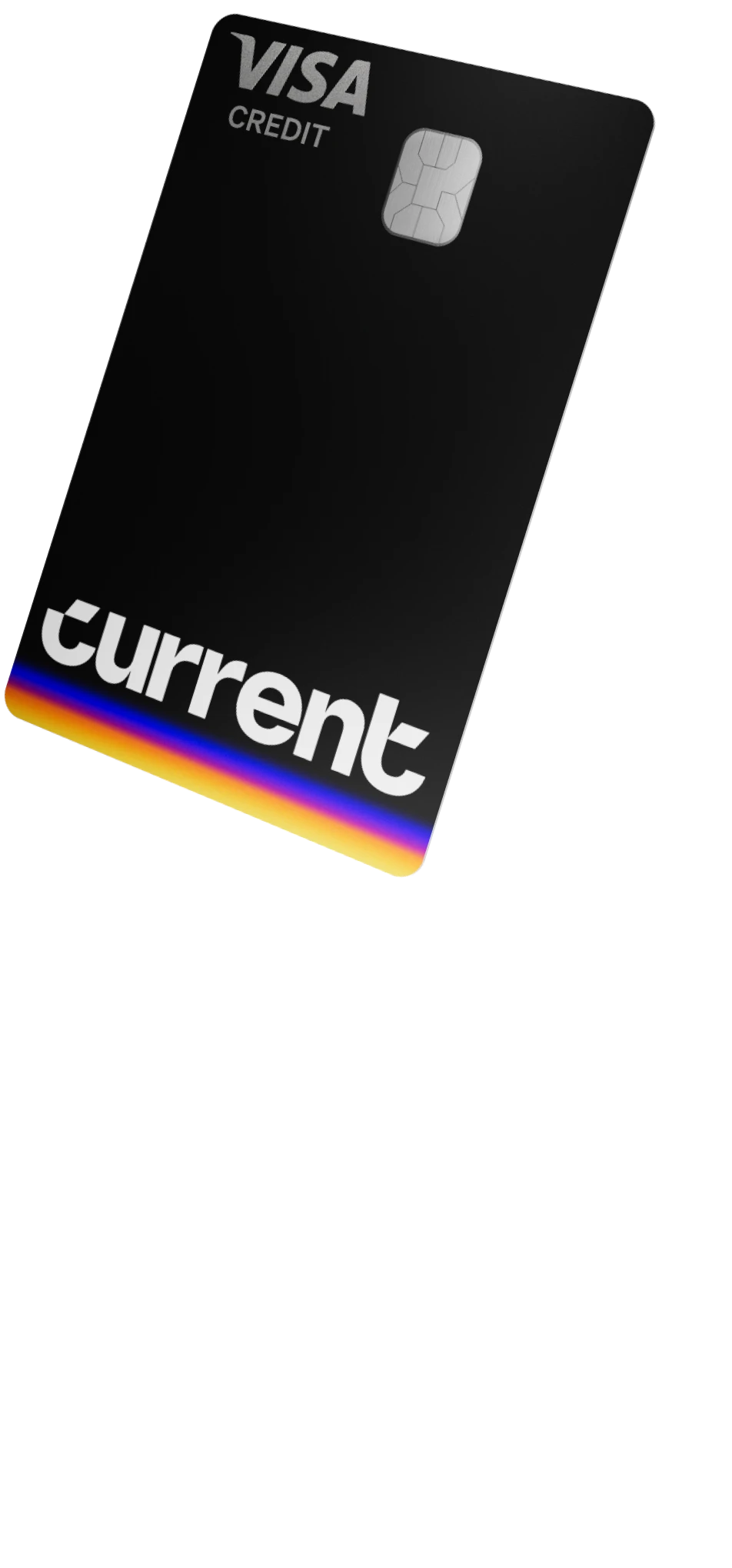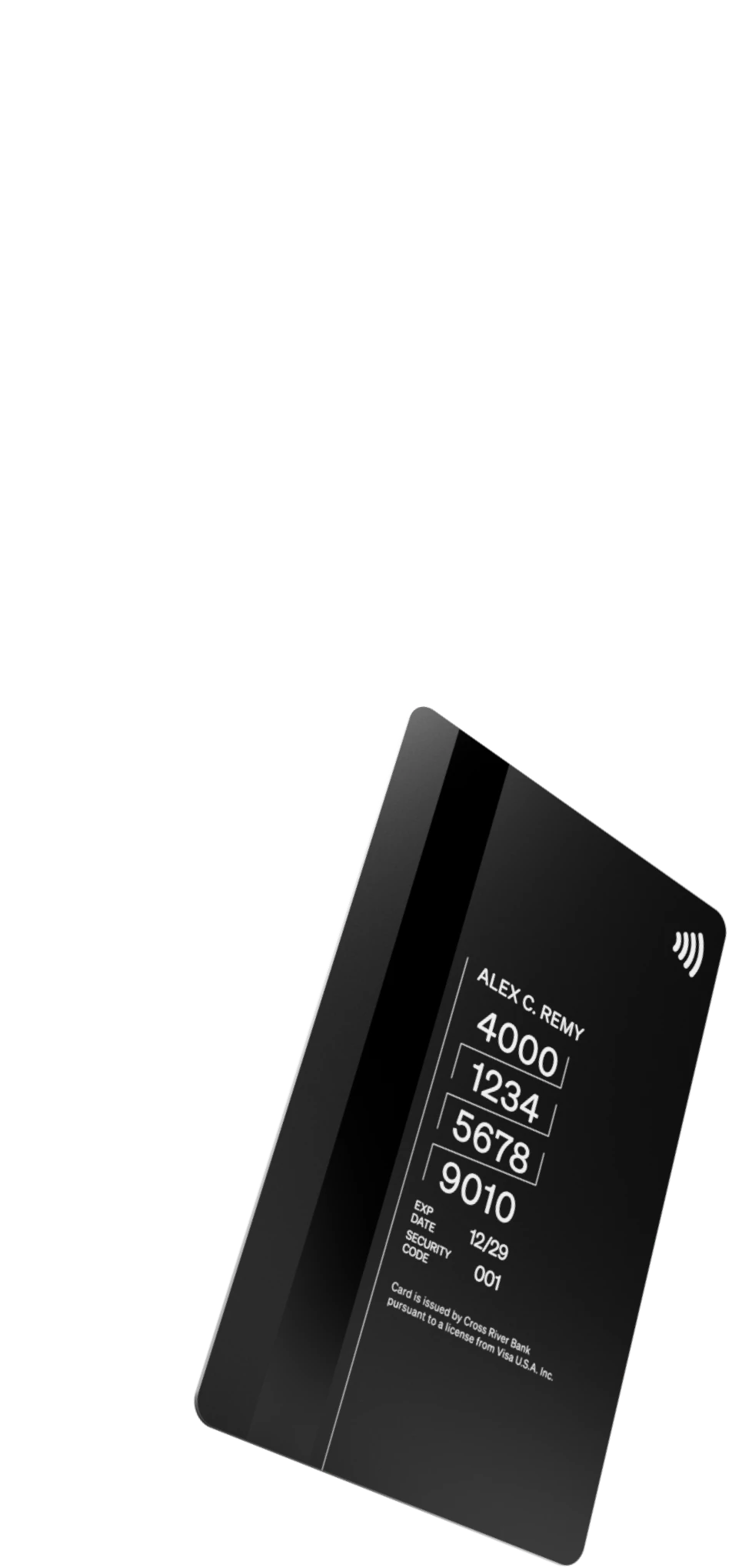Six ways to get more from your paycheck

People often assume that big financial outcomes require big risks. Not necessarily so.
In fact, to get your money momentum going in the right direction, start thinking small.
Let’s take the example of your weekly paycheck: Because the amount may be modest, and because most of it is probably gobbled up by daily living expenses, you probably haven’t put a whole lot of thought into how to maximize what you have.
But in fact, there are multiple avenues to get that money working harder for you.
Once you start taking small steps, then you start benefiting from what famed investor Warren Buffett calls the ‘Snowball’ effect: Your money becomes like a snowball rolling down a hill, compounding over time, becoming bigger and bigger.
“Behavioral finance shows us that willpower is overrated, but systems prevail,” says Mark Stancato, a financial planner with VIP Wealth Advisors. “The smartest ‘small money move’ isn’t skipping lattes; it’s designing your environment. Make good habits automatic, and make bad ones inconvenient.”
So how can you give your paycheck a quick X-ray, and make the right diagnosis to minimize losses and maximize gains? Here are six ideas:
-Boost your interest rate. Whether you realize it or not, many big banks are offering next to nothing on checking and savings accounts. Meanwhile, many online and mobile-only banks are offering in the range of 4%. That’s a major disconnect, which you can arbitrage in your favor. At Current, you can earn a boost of up to 4.00% on money in your Savings Pods.
Those historically lofty rates on high-yield savings may not last, though: The Federal Reserve announced an interest rate cut this week, which will certainly filter down into what consumers are being offered. So take advantage while you can.
-Avoid overdraft fees. Last year the Consumer Financial Protection Bureau instituted a rule capping overdraft fees at $5, but under the current administration, that has been nullified. That means you would be wise to avoid overdraft charges, which averaged over $27 in 2024, according to a Bankrate survey.
One strategy is simply to keep a close eye on transactions, so that you never dip below zero by mistake. “Make sure you watch your bank accounts so you never overdraw,” says financial planner John Power of Power Plans in Walpole, Mass. “The fees are very high, and easy to avoid.”
Another strategy is to look for accounts which offer some level of overdraft protection and/or don’t charge overdraft fees, which is also common with many mobile-only banks. Essentially overdraft protection covers you on a purchase up to a certain amount, and the difference is repaid with your next deposit. At Current, no members are ever charged an overdraft fee and new qualifying members can get up to $200 in fee-free overdraft.*
-Take advantage of early access. Here’s a hypothetical: Say you have an unexpected expense like a car repair, or a utility bill that’s come due, before your latest paycheck hits your account. You might have to put that charge on plastic – at an average interest rate of over 20%.
In contrast, some financial accounts these days provide you early access to your paycheck, by a couple of days – potentially helping you avoid that negative cycle of piling on more and more credit-card debt. At Current, members receive their paychecks up to two days faster than traditional banks. In addition, some banks also offer cash advance services, allowing you to access a portion of your upcoming paycheck when you need it, often for a fee. Current’s Paycheck Advance allows qualifying members to access up to $750 of an upcoming paycheck when they need it and is available for free if a member chooses to receive it within three business days. Instant access is available for a fee.**
-Build credit. If you’re spending money anyways on essentials – whether groceries, or gas for the car, or electricity bills – you might as well get a bonus out of it, by using that everyday spending to boost your credit score.
These days a number of financial products, including secured credit builder cards, allow you to do so, essentially booking those expenses as a repaid loan. That can lead to an improved credit score which will help you massively down the line, when applying for big-ticket items like auto loans or mortgages. You’ll want to look for one that reports to all three major credit bureaus (TransUnion, Equifax and Experian) and has a low or no required deposit, such as Current’s Build Card.
-Beware of maintenance fees. Big banks love account fees, because they are recurring charges that bring in oceans of revenue. Consumers should hate them, for that very same reason.
Among checking accounts that charge them, the average fee is $5.47 a month (often waived if one maintains a minimum balance). The easy fix here is to choose financial accounts that don’t come with such charges at all, so you don’t have to obsess over your balance at any given time. Again, this is especially common with accounts at online or mobile-only banks, including Current, which has no mandatory monthly account fees and no minimum balance fees or requirements.
-Automate transfers. It’s human nature to spend whatever money is in our accounts, especially since we’re being pulled in so many directions. The way to combat that instinct is to take things out of your own hands, by automating regular transfers – either into high-yield savings, or retirement funds, or ideally both. On Current, members can turn on Round-Ups, which automatically move a portion of every purchase directly into their Savings Pods.
The important thing is to get started, even if the amounts are small. Once those systems are set up, then you can turn the dial and boost those savings percentages whenever possible – for instance after you get an annual raise, or a tax refund.
“Make it automatic, then it just becomes a habit,” advises Cynthia Luna, a financial planner with Moonshot Financial Group in Waxahachie, Texas. “My most successful clients saved monthly on autopilot, and increased it every year. This habit makes a huge difference in portfolio returns and overall savings.”
*Up to $200 overdraft amount only available for a limited time to new users who sign up for a Current account through the applicable landing page and/or with the applicable code, as determined by Current in its sole discretion. Actual overdraft amount may vary and is subject to change at any time, at Current’s sole discretion. In order to qualify and enroll in the Fee-Free Overdraft feature, you must receive a minimum of $200 or more in Eligible Direct Deposits into your Current Account over the preceding 35-day period and fulfill other requirements subject to Current’s discretion. Negative balances must be repaid within 60 days of the first Eligible Transaction that caused the negative balance. For more information, please refer to Fee-free Overdraft Terms and Conditions.
**Expedited disbursement of your Paycheck Advance is an optional feature that is subject to an Instant Access Fee and may not be available to all users. Expedited disbursements may take up to an hour. For more information, please refer to Paycheck Advance Terms and Conditions.





